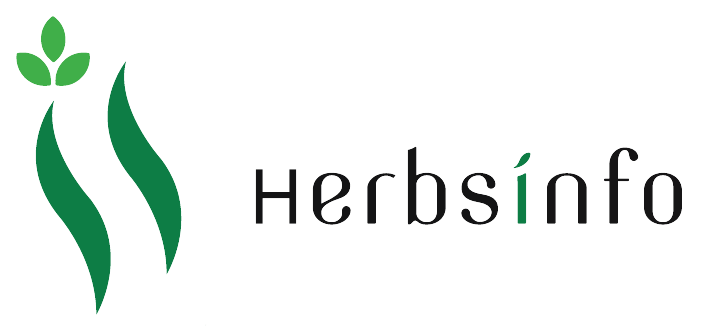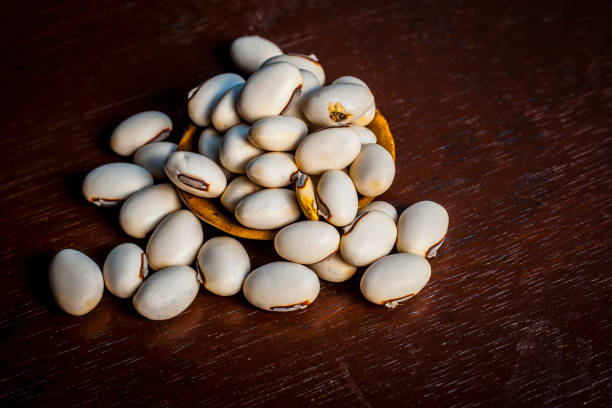INTRODUCTION:
Velvet Bean (Mucuna pruriens) is a tropical legume native to Africa and Asia, widely recognized for its medicinal and agricultural importance. It is a climbing plant that produces hairy pods containing shiny seeds rich in natural L-DOPA (Levodopa), a compound used in the treatment of Parkinson’s disease and for improving mood and nerve function. In traditional medicine, velvet bean has been valued as a tonic for enhancing male fertility, reducing stress, and supporting overall vitality.
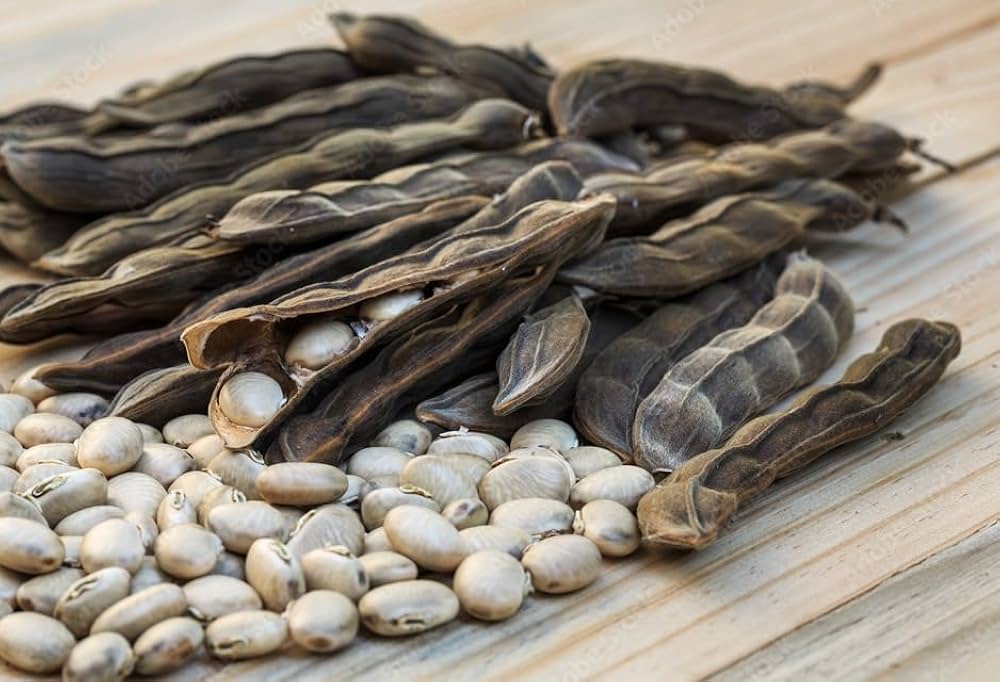
English: Velvet Bean, Cowhage, Cowitch
Hindi: Kaunch Beej, Kawach
Sanskrit: Kapikacchu
Urdu: Konch, Konch Beej
Tamil: Poonaikali, Punaikkali
Telugu: Doolagondi, Dhuradhara
Malayalam: Naikuruna, Naikkuruna
Kannada: Nasugunne, Naikurana
Bengali: Alkushi, Kunch
Gujarati: Kawach, Kewach
Marathi: Kaunch
Punjabi: Konch, Kaucha
HEALTH BENEFITS

Parkinson’s disease symptom management:
White velvet bean, or Mucuna pruriens, is a natural source of levodopa (L-DOPA), a precursor to the neurotransmitter dopamine. Since low dopamine levels are a key feature of Parkinson’s disease, supplements containing velvet bean have been traditionally used in Ayurvedic medicine to help manage motor symptoms.
Male fertility:
Research has shown that velvet bean extracts can significantly improve sperm count and motility in infertile men. This is believed to occur through the revitalization of testosterone secretion, which boosts the production of healthy sperm.
Mood and stress support:
As a precursor to dopamine, L-DOPA can have positive effects on mood, motivation, and feelings of well-being. It can also help the body manage stress by supporting the central nervous system. Some users report improved focus and energy as a result.
Higher protein digestibility:
One study indicates that white velvet beans have more effective protein absorbability compared to black or red beans. This is because black and red varieties contain higher concentrations of polyphenolic compounds in the seed coat, which can inhibit protein digestibility.
Antioxidant properties:
The bean’s high content of antioxidants, like polyphenols and flavonoids, helps to protect cells from damage caused by oxidative stress.
Potential anti-diabetic effects:
Preliminary research has shown that velvet beans can help decrease blood sugar levels, though more studies are needed to confirm these effects.
Stress reduction:
Studies suggest velvet beans can help reduce stress, which may improve sperm quality and fertility.
Traditional uses:
In traditional practices, they have been used to treat male infertility, menstrual cramps, and joint pain.
Nutritional value:
As a food source, they are a good source of protein and carbohydrates.
SIDE EFFECTS:

Severe itching:
The most immediate and dangerous risk comes from the hairs on the bean pods. If these hairs touch your skin, they can cause intense burning, itching, and swelling. Do not consume raw beans or apply them topically.
Gastrointestinal issues:
Taking velvet bean orally can cause nausea, vomiting, gas, and abdominal bloating, especially with unprepared seeds or high doses.
Neurological effects:
Due to its L-dopa content, high doses can lead to side effects like headache, dizziness, insomnia, and abnormal body movements. In extreme cases, confusion, hallucinations, and delusions may occur.
Toxicity:
Ingesting raw, unprocessed velvet bean seeds can lead to poisoning and toxicity. It is critical that any velvet bean products are correctly prepared and sourced from reputable manufacturers.
Pregnant or breastfeeding individuals:
There is not enough reliable information to confirm safety during pregnancy or breastfeeding, so it is best to avoid use.
HOW TO USE:
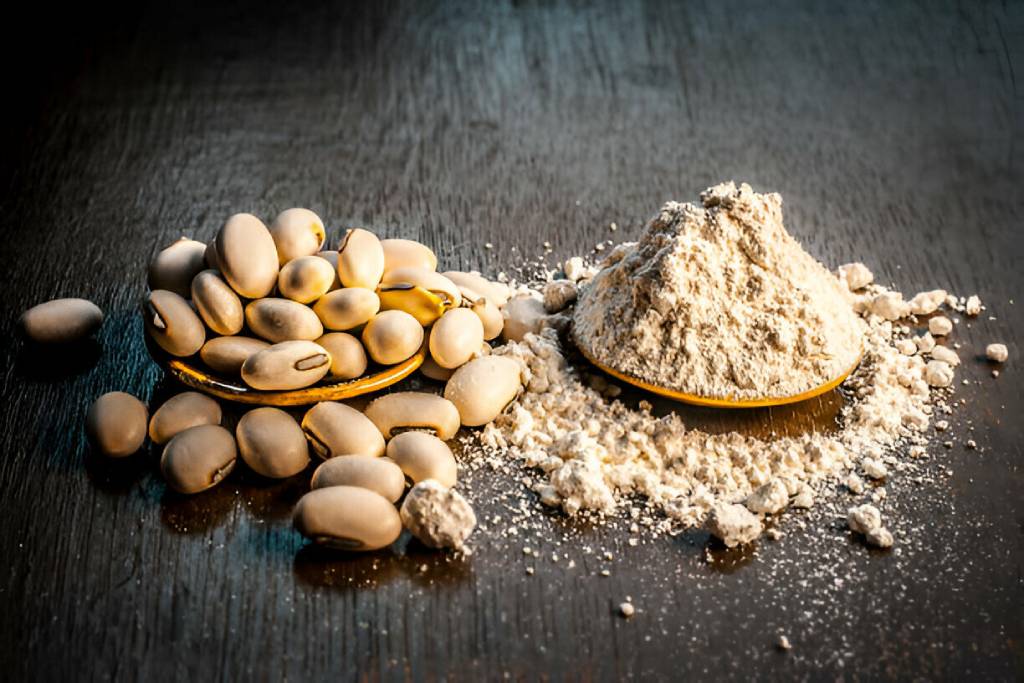
Medicinal Use
Velvet Bean is often used in traditional medicine (like Ayurveda) for improving nervous system health, fertility, and mood.
Seeds / Powder (Kaunch Beej Churna):
Take ½ to 1 teaspoon (about 3–5 grams) of Kaunch Beej powder once or twice a day.
Mix with warm milk or water, or take with honey.
Usually taken after meals.
Used for increasing vitality, stamina, and managing stress or mild depression.
Capsules or Extracts:
Found in many herbal supplements for dopamine support or Parkinson’s disease (follow dosage on the product label).
Note: Always consult a doctor or Ayurvedic practitioner before using medicinally, especially if you have high blood pressure, diabetes, or take dopaminergic medicines.
Nutritional Use
Cooked Seeds:
The seeds can be eaten after boiling and roasting, but they must be properly processed to remove toxins and itch-causing compounds.
In some tropical countries, the beans are ground and mixed with other foods after soaking and boiling.
Rich in protein, minerals, and L-DOPA, but should never be eaten raw.
Agricultural Use
As a Cover Crop:
Farmers plant velvet bean to improve soil fertility — it fixes nitrogen, prevents erosion, and controls weeds.
As Fodder:
The leaves and pods (after removing hairs) can be used as animal feed.
